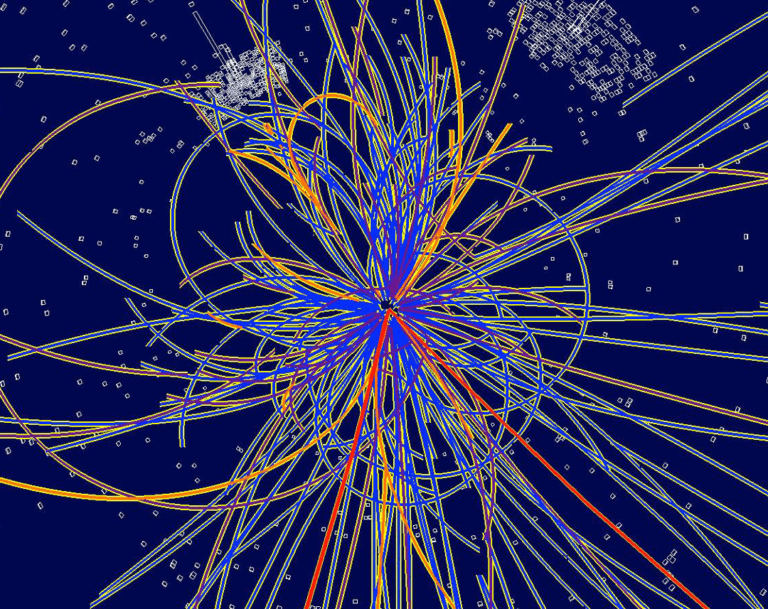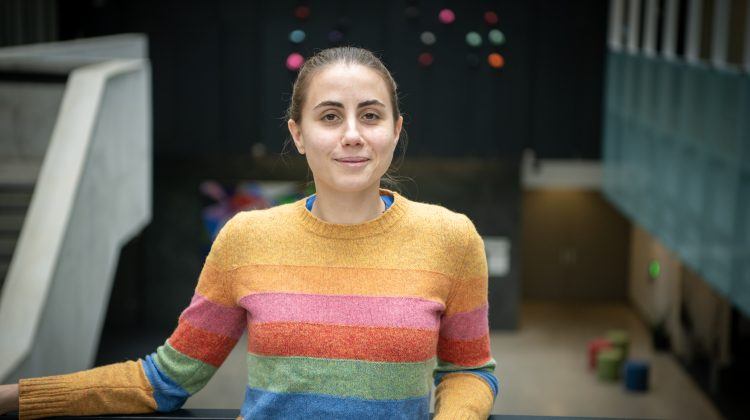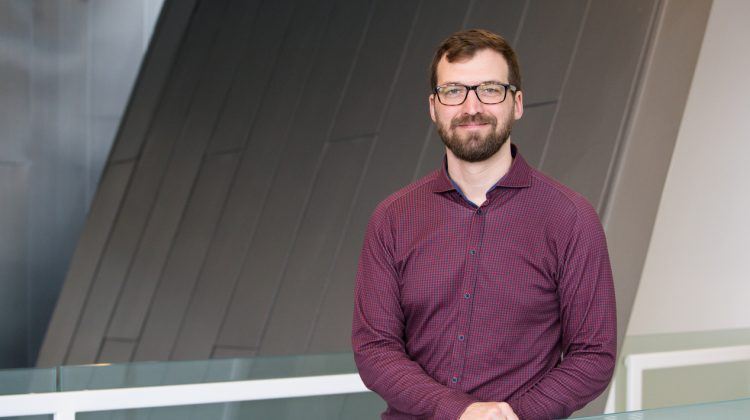Launching the Large Hadron Collider
CERN, the world’s largest particle physics laboratory, will circulate beams in the Large Hadron Collider (LHC) beginning on September 10.

CERN, the world’s largest particle physics laboratory, circulated beams in the Large Hadron Collider (LHC) on September 10th. The LHC, located just outside of Geneva on the French-Swiss border, is the most powerful energy particle accelerator in the world. This first “beam injection” represents the culmination of two decades of work by thousands of researchers worldwide.
Details of the launch and other information from CERN can be accessed via http://lhc-first-beam.web.cern.ch/lhc-first-beam/Welcome.html. You can also learn much more about particle physics and view a variety of PI Public Lectures on the subject by examining the information and links on this page.
ABOUT PARTICLE PHYSICS
Amazingly, all the objects we see around us – clouds, cars, people – forming a kaleidoscope of shapes, colours, and textures, are made up of a relatively small number of building blocks, just a hundred or so types of atoms: carbon, oxygen, uranium, and so forth. Moreover, any atom can be constructed out of just three still more fundamental building blocks: protons and neutrons, forming the atomic nucleus, and electrons, shrouding the nucleus in a strange quantum dance.
Physicists knew this picture of matter, as being composed of protons, neutrons, and electrons, by the early 1930s. However, the building blocks of matter – the elementary particles, as they are understood today – go deeper than this. Moreover, the idea of elementary particles also extends to forces. For example, in trying to understand how light and other forms of the electromagnetic force interact with matter, Albert Einstein – building on the work of Max Planck – made the remarkable conjecture in 1905 that light is a shower of elementary particles, which later came to be known as photons.
This idea of elementary particles as the building blocks of everything – matter and forces – is one of the greatest success stories of 20th century physics. Ironically, the greatest challenge to this idea comes from the most apparent and thus commonplace of nature’s forces: gravity. Another deep mystery is the origin of the masses of the elementary particles, whose explanation is believed to lie in the still elusive Higgs particle. These and other challenges of the 21st century are being pursued by PI scientists and members of the international research community in collaboration with CERN.
SEARCHING FOR HIGGS
In the standard model, particles such as the electron and the quarks are inherently massless. In order for them to have mass (which they clearly do), the standard model relies on the existence of an additional particle – the Higgs particle. Roughly speaking, the idea is that all of space is filled with a “quantum fluid” called the Higgs field. The Higgs particle is to the Higgs field what the photon is to the electromagnetic field. Sort of like moving through molasses, particles acquire mass by interacting with this fluid.
The Higgs particle has not yet been directly detected. It is believed to be a very heavy particle, and so will require a very high-energy particle accelerator to create it and confirm its existence (remember E = mc2). There is great excitement and hope that the new Large Hadron Collider (LHC) at the European particle laboratory, CERN, will be the first to directly observe the elusive Higgs particle.
If confirmed, it would take us closer to a Grand Unified Theory, in which three of the four fundamental forces are different aspects of a single, unified force, in the same way that electric and magnetic forces are just different aspects of the single electromagnetic force. We might also discover evidence for “supersymmetry”, which suggests that for each particle in our periodic table there exists an as-yet-undetected “superpartner” particle, a crucial ingredient in superstring theory.
LEARN MORE ON-LINE
The following selection of multi-media resources by leading scientists provides much more information relevant to particle physics and related areas of research. Click on the link to read a full description of each PI Public Lecture and choose your viewing format.
The Large Hadron Collider – World’s Most Powerful Microscope – Robert Orr, John Ellis (basic introduction)
Fundamental Physics in 2010 – Nima Arkani-Hamed (advanced)
A Night With Nobel – The Origin of Mass and the Feebleness of Gravity – Frank Wilczek (advanced)
The Origin of the Universe – Steven Weinberg (intermediate)
The Quest for Supersymmetry – Edward Witten (intermediate)
























































































